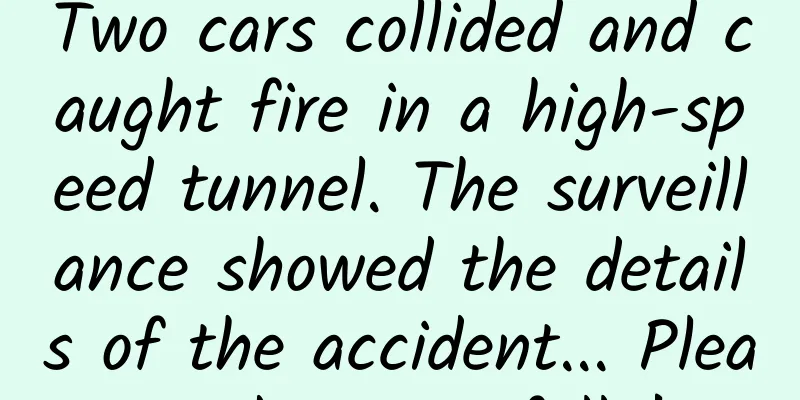Another place, a 7.3 magnitude earthquake occurred! Has the earth entered "vibration mode"?

|
The China Earthquake Networks Center officially determined that a magnitude 7.3 earthquake occurred at 20:18 on March 30 in the Tonga Islands (20.30 degrees south latitude, 173.75 degrees west longitude), with a focal depth of 10 kilometers. The Tsunami Warning Center of the Ministry of Natural Resources has determined based on preliminary earthquake parameters that the earthquake may trigger a local tsunami around the epicenter, but will not affect China's coast . Currently, the US Tsunami Warning Center has lifted the Tonga tsunami alert . Also last night and this morning, news of earthquakes in Guangdong, Xinjiang, Tibet and other places in China became a hot search. According to the official measurement of the China Earthquake Networks Center: At 20:24 on March 30, a magnitude 3.7 earthquake occurred in Kuqa City, Aksu Prefecture, Xinjiang. The focal depth was 10 kilometers and the epicenter was located at 41.33 degrees north latitude and 83.76 degrees east longitude. At 20:46 on March 30, a magnitude 3.0 earthquake occurred in Gaozhou City, Maoming, Guangdong. The focal depth was 10 kilometers and the epicenter was located at 22.13 degrees north latitude and 110.98 degrees east longitude. At 05:44 on March 31, a magnitude 3.8 earthquake occurred in Dangxiong County, Lhasa City, Tibet , with a focal depth of 30 kilometers. In addition, Myanmar was recently hit by a 7.9-magnitude earthquake, a natural disaster that caused heavy casualties and property losses, which once again triggered discussions about the active period of seismic activity. Is the Earth in "vibration mode"? Experts: Earthquake activity period needs scientific definition Wang Tun, director of the Natural Disaster Early Warning Research Center of Sichuan University and director of the Chengdu Center for Earthquake Early Warning Technology Research of the China Earthquake Administration, said that scientifically defining the earthquake activity period requires retrospective analysis based on long-term and large-scale observation data, such as assessing whether the annual frequency of earthquake activity in a specific area deviates significantly from the historical baseline. Judging that "the earth has entered a vibration mode" based on only a few earthquake activities does not conform to the objective laws of earthquake activity and lacks empirical support. He specifically analyzed that the Tonga Islands are located in the tectonically active area of the Pacific Rim seismic belt, where several earthquakes of magnitude 5 or above occur every year, making it an area with a high incidence of and active earthquakes. Xinjiang, Yunnan, Hebei, Guangdong and other areas are located in my country's major seismic belts and tectonic activity areas. According to the analysis of regional seismic activity characteristics, the frequency and intensity of magnitude 3 earthquakes are in line with the normal energy release law under the geological tectonic background. How to better respond to earthquakes? When faced with a sudden earthquake, people are in different environments and face different potential risks. Mastering more earthquake prevention and risk avoidance knowledge can effectively increase the possibility of survival. How and where to hide when an earthquake comes ? Step 1 : Where to run? Evacuate immediately and run to an open area. If you are on a high floor, find sturdy furniture or walls for cover to reduce the risk of being hit by falling objects. Step 2 : Hold on tight After finding a relatively safe shelter, be sure to hold on to a solid or fixed object to avoid secondary injuries caused by movement. Step 3 : Take good protection When dodging, use books, backpacks, pillows, cushions and other coverings to protect important parts such as the head and back of the neck to reduce the chance of injury. Copyrighted stock images, reprinting may cause copyright disputes In the process of avoiding, you also need to avoid the following misunderstandings and remember a few "no's" : ①Don’t hide in the elevator ; ② Do not hide under hanging objects such as chandeliers and electric fans ; ③ Do not hide near large wardrobes or other cabinets. ④Do not get close to stoves, gas pipelines and household appliances ; ⑤Do not get close to windows, glass curtain walls and building exterior walls ; ⑥ Do not hide under trees or electric poles ; 7. Do not hide under cliffs ; ⑧ Do not hide on or under bridges ; 9. Do not rush to the streets or roads to escape ; ⑩Don’t hide in the car. Comprehensive sources: National Emergency Broadcasting, China National Radio, CCTV News, etc. |
<<: These 3 types of toothpaste are included in the "blacklist", do you have any at home?
Recommend
China Automobile Dealers Association: Passenger car market operating characteristics in September 2020
In September, the retail sales of passenger cars ...
How can business services achieve positive growth in search promotion effects? Optimization ideas reference
1. Background Main business: Business service ind...
Are you worried about your blood pressure soaring when you go out for fun or eat out? Here are the things that patients with hypertension should pay attention to.
During the National Day holiday, friends and fami...
Would you like to exchange your Android phone for an Apple phone?
One sentence review: Apple, you are going to heav...
Ctrip flight cross-terminal cross-framework UI automation testing solution Flybirds
Author: Liang, senior development expert at Ctrip...
There are some places that you can't pick randomly, the harm is greater than you think
This article was reviewed by Luo Xuming, Chief Ph...
Campus safety knowledge reminder for the start of the school season, please check~
Campus safety is of great importance These safety...
After being hypnotized, can people really do whatever they are told to do? Don't be fooled by movies and TV shows
Author: ACC Psychology Popular Science Author Rev...
Why is your WeChat getting bigger and bigger?
Students who use WeChat know that if WeChat is no...
Upgraded SMS: "5G Message" will be launched within this year
The 5G era has arrived. Recently, China Telecom, ...
In-depth analysis of marketing: Why has Pinduoduo gained 300 million users in just three years?
We all know that it is not easy to survive in the...
What are the promotion channels of Xiaohongshu? How to promote?
Internet business is all about traffic. The essen...
Android can't conquer TV games? Who else can promote home entertainment?
In the past two years, the trend of smart TVs has...
How to build a multi-channel integrated marketing knowledge system?
With the rapid development of the Internet and mo...
8 tips for creating a popular account through short video operation!
Before I devoted myself to content operations, I ...









